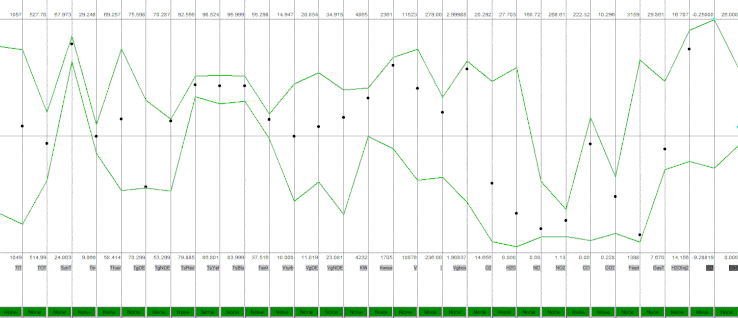The two main problems with start-ups is that (1) they may span more than one shift so more than one process operator and a cross-shift memory is then required and (2) because start-ups occur infrequently it is likely that at least one of the shift operators will be new to the start-up and performing the procedure for the first time. There are many other contributing problems that you may have solved already, such as ensuring that everyone involved is using the latest version of the start-up procedure and not the outdated paper copy left in a drawer from the last start-up.
For start-up control the CPM objective is to guide the process operator to stay within the envelope of a combination of your best previous start-ups and the start-up procedure. CPM is able to handle a sequence of operating envelopes for controlling batch or polymer grade transition processes. For further details on this, watch the recording of our webinar “Achieving Fastest Grade Transitions and Golden Batches Every Time” from September 2015.
We would start with the start-up procedure and its list of steps, then segment the data for the past start-ups into these steps by introducing a ‘step number’ variable (if you already have a step number variable in your process history you will have saved a lot of time!). Moving from one step to the next could be automatic as the exit conditions of the step were reached (eg check level >60% before the next step of opening the steam valve) or could require the operator to press a key on the DCS confirming the step was satisfactorily completed, perhaps with a post-confirmation step introduced to be sure the step really was completed.

